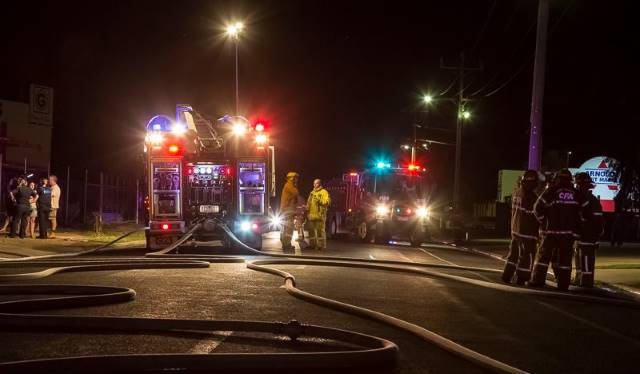
Emergency management involves the plans, structures and arrangements which are established to bring together the normal endeavours of government, voluntary and private agencies in a comprehensive and co-ordinated way to deal with the whole spectrum of emergency needs, including prevention, response and recovery.
We have emergency management responsibilities because we are a local government organisation and are the closest level of government to our community. We also have access to specialised local knowledge about the environmental and demographic features of our district.
People also naturally seek help from their local council and emergency management agencies during emergencies and the recovery process afterwards.
The council has legislative responsibilities under the Emergency Management Act 2013 that include maintaining a Municipal Emergency Management Plan that provides information on risks, preparedness, response and recovery within our municipality.
All of the agencies and service providers likely to be involved in an emergency have an updated copy of the Municipal Emergency Management Plan and meet as a committee at least twice a year.
Disasters of a large scale that are beyond the capacity of council resources will be escalated to a regional, state or national level. For emergency contacts including multilingual information, see emergency contact information.